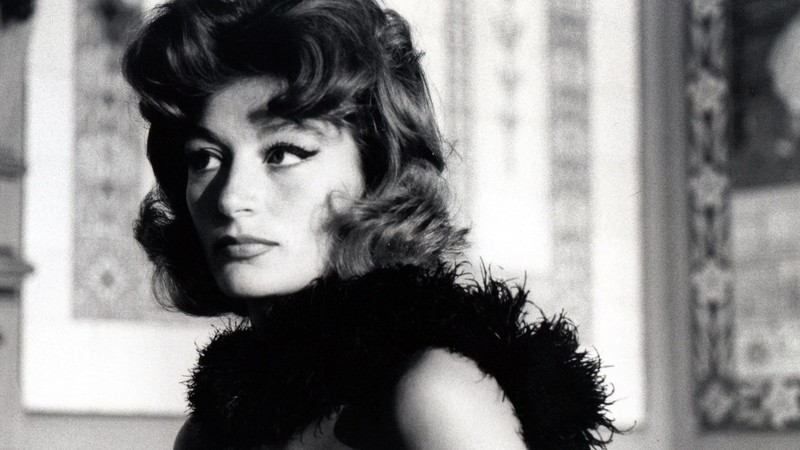It was an era in which they experimented with lighter and more informal storytelling methods, like handheld cameras, jump cuts, fast cutting, location shooting, and improvisation. The result was a new kind of cinema that rejected many of the conventional rules of Hollywood filmmaking and relied on experimentation.
Techniques included fragmented, discontinuous editing, and long takes that allowed actors to explore a scene. The combination of realism, subjectivity, and commentary allowed these movies to have ambiguous characters, motives, and even endings that were not so clear-cut.
The movement aimed to give directors full creative control over their work, allowing them to eschew overwrought narrative in favor of improvisational, existential storytelling.
Left bank– The French New Wave extended past just the filmmakers associated with the magazine “Cahiers du Cinema.” The next most distinguished sect was called the “Left Bank,” a group with shared progressive political leanings and documentarian pasts.


Right bank– The corresponding “right bank” group is constituted of the more famous and financially successful New Wave directors associated with Cahiers du cinéma (Claude Chabrol, François Truffaut, and Jean-Luc Godard). Unlike the Cahiers group, Left Bank directors were older and less movie-crazed.


